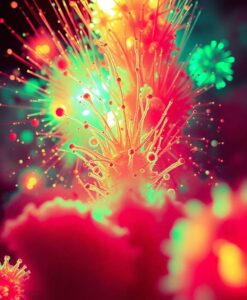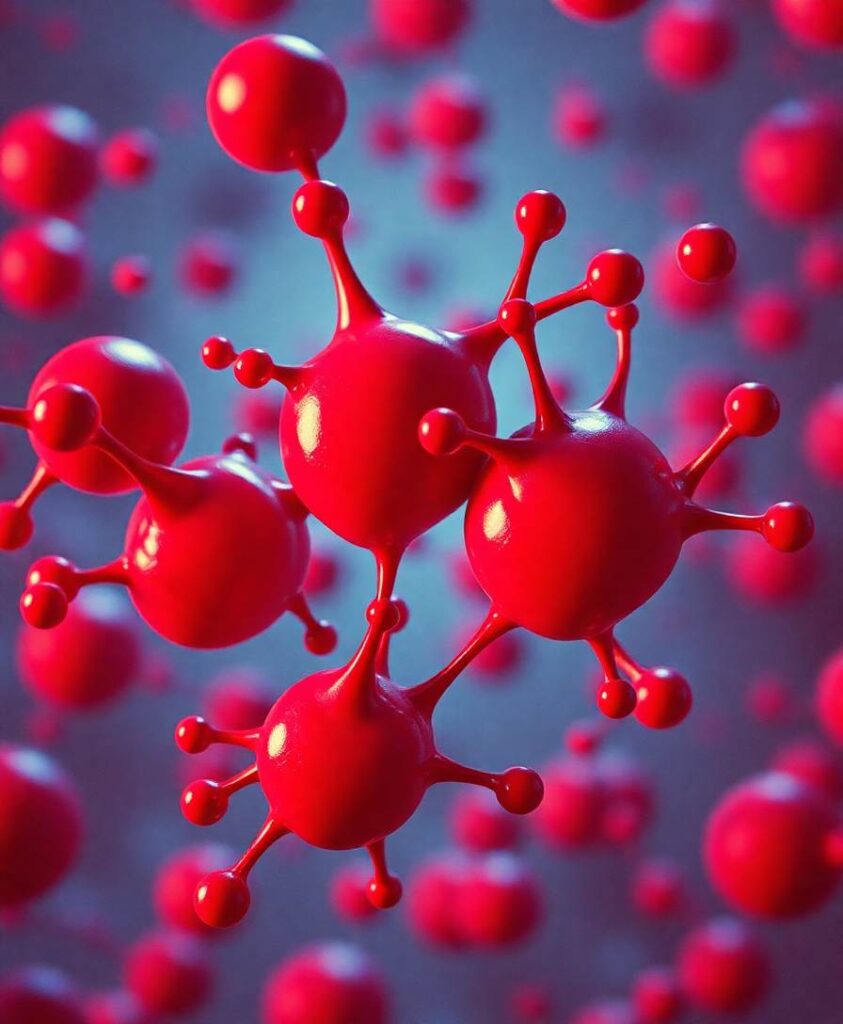This discovery comes from careful lab work that looks beyond routine tests. Standard blood tests often miss subtle interactions between clotting and immune activity. Identifying larger, denser aggregates gives researchers a clearer target for studying why symptoms linger and why some people do not bounce back after infection. That clarity can guide more precise experiments and, over time, better ways to monitor or treat ongoing problems.

Thinking about Long COVID through the lens of tiny structures opens new paths toward restoring function and fairness in care. If these microscopic tangles help explain persistent fatigue, brain fog, or shortness of breath, then researchers and clinicians gain clues for therapies that aim at the root of the problem instead of only easing symptoms. Follow the full study to learn how this line of work could change what recovery looks like and who gets the support they need.
Scientists have discovered strange microscopic structures in the blood of people with Long COVID—clusters of tiny microclots tangled together with sticky immune webs known as neutrophil extracellular traps, or NETs. These combined structures show up far more often in Long COVID patients, where they appear larger, denser, and more stubborn than in healthy blood.




